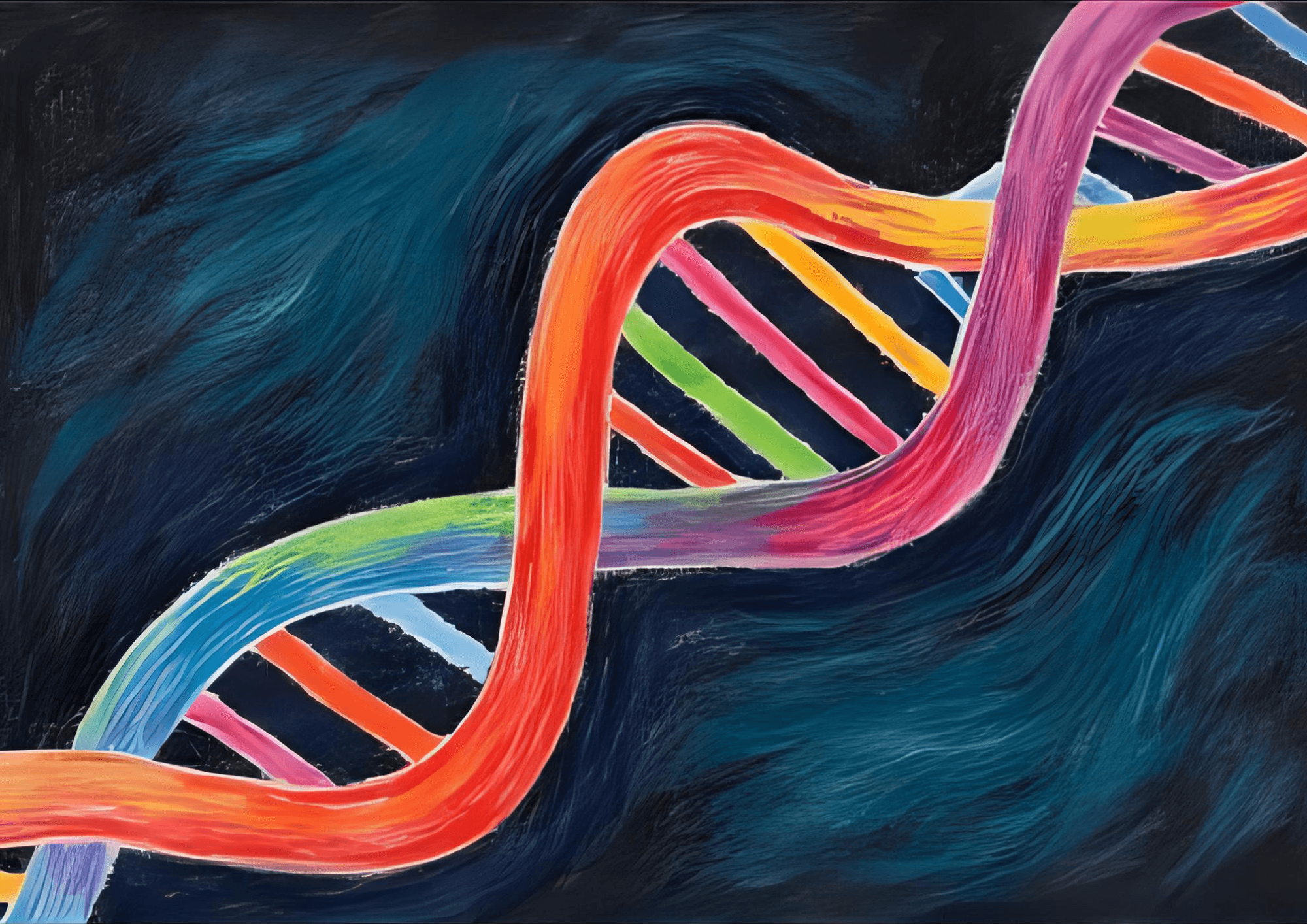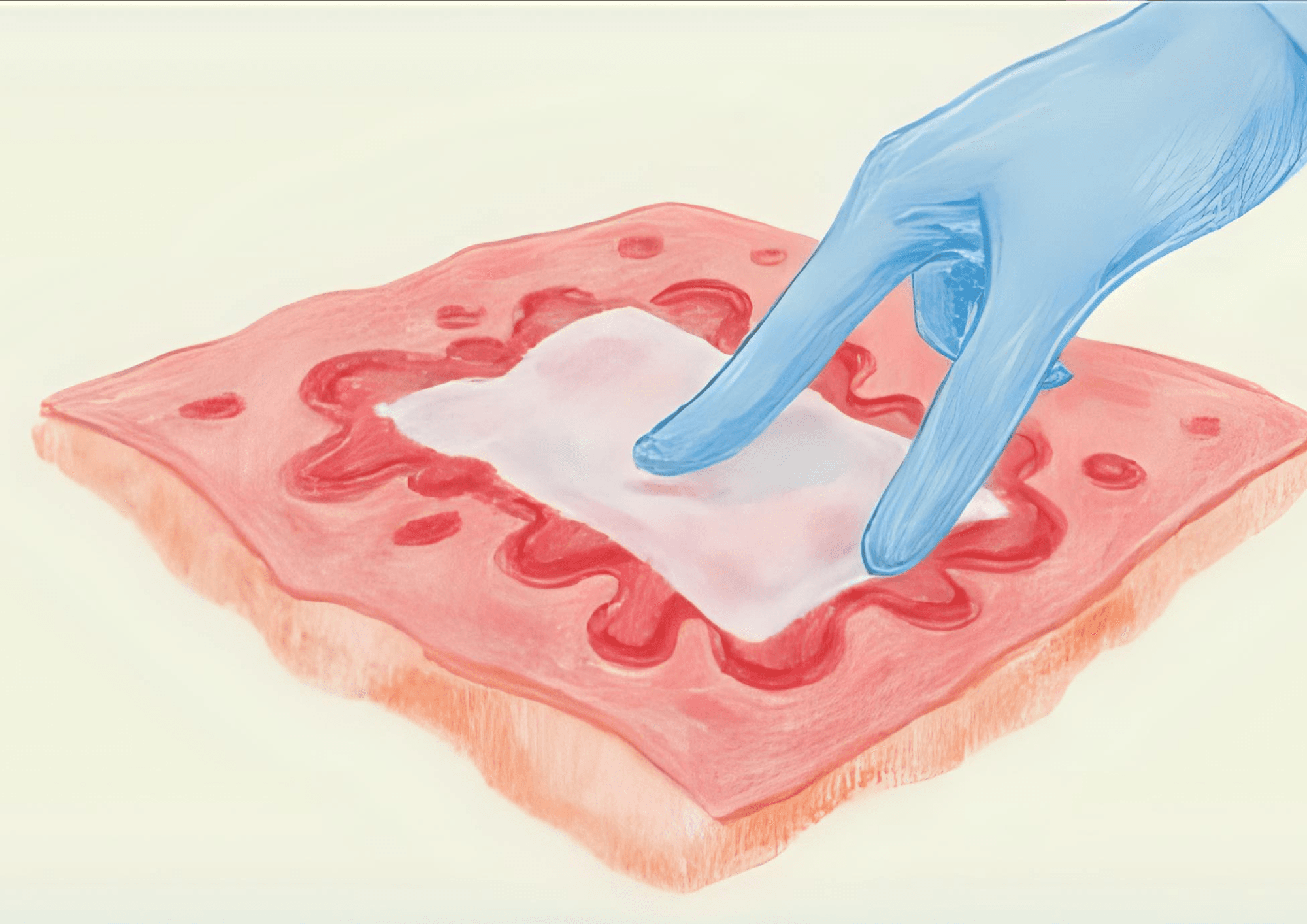26 May 2025
6 MIN READ
Chemical peels: Bring back the soft glow
Have you done a chemical peel? Are you worried about the chemical peel recovery period? You may think, how long will my face look like a red tomato? Want to know about the dos and don’ts? Go along with the article, and you will not regret reading it.
Chemical Peel Process
The skin often ages with time. It shows fine lines, wrinkles, and patches. Chemical peels are an advanced and non-invasive technology. They heal the skin with chemicals. Thus, they help you clear acne, enlarged pores, uneven skin tone, and texture.
The process involves a chemical application to the facial skin. After some time, the upper layer of the skin comes out, revealing the youthful skin underneath. It comes out like a facial peel. Do not try to pull the layer yourself.
With time, collagen production is maximized while reducing the age signs. Once the chemical peel recovery is complete, the skin is fresh, taut, and bouncy like a teenager's.
Constituents of chemical peels
Each person tends to be young forever. It is a dream. Exercises modify the muscles and bones, but the face gets the first impression. Chemical peel recovery depends on the chemicals used to renew the skin tone. The chemicals are:
-
Alpha-Hydroxy-Acids - come from milk and fruits.
-
Beta-Hydroxy-Acids - obtained from willow and wintergreen barks
-
Trichloroacetic Acid - result of the reaction between chlorine and acetic acid
-
Carbolic acid - extracted from coal tar
How do these chemicals help your skin?
-
Alpha Hydroxy Acid is good for skin exfoliation and hydration.
-
Beta-hydroxy acids are used to treat acne and clear pores.
-
Trichloroacetic acids penetrate deeper into the skin. As a result, they nourish the damaged skin cells and boost collagen production.
-
Carbolic Acid or Phenol treats severe skin disorders such as skin cancer.
-
Retinoic acid and 5-Fluorouracil are other chemicals used to treat skin defects. These are often used in combination with the above acids.
For instance, Retinoic acid peels or Tretinoin peels treat acne, melasma, and aging signs. The chemical peel recovery takes nearly one week.
Conditions needing a chemical peel procedure
In the US, 1.3 million chemical peel procedures were done in 2016. Thus, the trend to look young is growing daily. Chemical peels renovate the skin within days. They help people with excellent clinical triumphs with accurate proportions and proper techniques. Let us see the skin conditions that chemical peels clear.
-
Acne and acne scars
-
Sun-damaged skin and uneven tone
-
Melasma and hyperpigmentation
-
Fine lines and wrinkles
-
Rosacea (mild cases)
-
Keratosis Pillaris and actinic keratosis
-
Enlarged pores and photoaging
Procedures
The chemical peel process covers preparation, application, washing, and aftercare. Chemical peels are available in various types to diminish the severity of skin concerns.
-
Light - It involves minimal peeling. The skin turns a mild red. The chemical peel recovery period is about a week or so.
-
Moderate - The procedure includes tolerable peeling of facial skin. There is a possibility of skin swelling and inflammation. It takes around two weeks to recover.
-
Deep - The process demands acute peeling of the skin. There may be a risk of swelling, and it takes nearly three months to recover.
- Light Chemical Peel
It is the most common chemical peel for enhancing facial skin tone. Normally, glycolic acid is 20 to 70 percent, small amounts of lactic acid from milk, malic acid from apples, citric acid from fruits, tartaric acid from grapes, and trichloroacetic acid are around 10 to 35 percent.
-
Preparation - The facial skin is cleansed to clear oil, dirt, dust, or even makeup products like foundation, eye makeup, and nose rings or earrings.
-
Application - The dermatologist will apply the chemical solution using a brush, cotton ball, or sponge. Commonly, glycolic acid and salicylic acid are used. The solution gives a tingling or pinching effect on the skin.
-
Removal - After some time, the acid solution is washed and your skin is neutralized. The doctor will clean the solution from the treated skin with a neutralizing agent.
-
Aftercare - This is the most crucial step in the procedure. The person may face some redness, mild swelling, and tenderness for a few days after the procedure. No need to worry. For first-timers, a crust may develop on the skin. The chemical peel recovery will occur in 2-5 days.
- Medium Chemical Peel
Medium-depth chemical peels have 70 percent glycolic acid and 35 to 50 percent TCA. In addition, some solutions have Jessner solutions with 14 g resorcinol, 14g salicylic acid, and 14 ml lactic acid in ethanol, constituted to 100 ml.
Here, the procedures take more time. Here is a detailed list to know the duration.
- Preparation
It is necessary to consult a dermatologist before going for a medium chemical peel. The medical professional will list your concerns, medical history, and procedure suitability. The next step is cleaning the facial skin for a foolproof chemical peel application.
One more thing, the doctor will protect your sensory organs like eyes, nose, ears, and mouth by petroleum jelly or some other paste. As a result, the solution will not flow to these vital organs.
- Application
The dermatologist applies the glycolic acid, Jessner solutions, or TCA solution to the face with a brush, cotton-tipped applicator, or a gauze. The solution causes a controlled injury to the skin under the supervision of the doctor. It results in new cell formation and collagen growth.
The depth of the chemical peel penetration causes frosting in some cases. Frosting is the whitening or grayish effect on the facial skin. The chemical peel is left on the skin for a specific duration. It is proportional to the desired outcome and the severity.
- Removal
After the specific duration, the skin is treated with a neutralizing agent or a cool saline compress. The person may experience a burning and pricking sensation. There are cases where the patient has itching on the treated skin. The cool compress and a fan are preferable options to calm the sensations.
- Aftercare
one must follow the doctor’s instructions minutely. The skin may appear flaky, revealing the fresher skin underneath. The post-care involves moisturizing, refraining from direct sunlight, and using gentle skin products. Thus, the face will soon undergo a chemical peel recovery. The depth of the peel indicates the recovery time. It is generally two weeks.
- Deep Chemical Peel
Deep chemical peels consist of more than 50 percent trichloroacetic acid or phenol. They attack deeper layers of skin to treat severe wrinkles accumulated over the years. They often result in tomato-red skin with persisting redness and burning sensations.
- Preparation
A bit of advice from a dermatologist is essential for a deep chemical peel. It is advantageous to know whether the procedure is suitable for the patient. The professional will study the patient’s skin to discuss the concerns and the skin type. If the skin permits the procedure, then the doctor agrees to the next step.
The doctor will suggest some advanced steps before the procedure, including staying away from certain medications and skincare products.
- Application
On that day, the doctor will give general anesthesia to the patient. The heart rate will be monitored. In rare cases, IV fluids are given. It means the patient will be visualizing different patterns while asleep. Then the doctor would clean the skin, allowing all dirt and dust to move away from the facial skin.
The procedure starts when the doctor applies chemicals like phenol onto the face with a cotton applicator. Under a regulated wound-creation process, new skin will take the place of the previous one. The epidermis and dermis are taken out from the facial skin to reveal the new skin tone.
- Removal
The solution on the skin is washed with water or baking soda. This cools the irritation on the skin. Cool compress is also applied to the treated skin. An ample amount of ointment with medicated gauze is wrapped around the face to prevent dryness and burning sensations. It also keeps the ointment in place.
-
Aftercare
For a week, the skin will appear red and bulgy. After 3 to 4 days, the outer skin will come out releasing the pink skin within. The patient has to keep away from direct sunlight, use gentle products on the face, and take care of their face. The patient may have to go for follow-ups and maintain the instructions given by the doctor. -
The chemical peel recovery takes around a month or two. Soon, the tender skin inside will come out. It is suppler, de-wrinkled, and minimal damage prone.Who can perform chemical peel procedures?
Who can perform chemical peel procedures?
There are multiple cases of face distortion when handled by unprofessional dermatologists. So, it is necessary to collect sufficient data before investing in your face recovery. The charges are nearly $675 to $700. One must consider a licensed dermatologist, licensed surgeon, or skincare specialist for a chemical peel. The reasons are below.
-
Dermatologists having licenses have immense knowledge and experience in handling skin cases. They have expertise in determining the skin conditions, types of chemical peels, the right proportions of chemicals, and especially deeper chemical peels.
-
Licensed medical professionals identify the gaps in the skin and advise on the same. It is not the responsibility of the patient but of the person performing the task to end it correctly. Hence, the right professional can lead you to the right results.
-
Experts have knowledge about various skin tones, textures, skin disorders, and different chemical peels. Thus, they curate the procedure to suit the requirements of their patient to get targeted results.
-
The licensed professional will discuss the depth of the peel, skin condition, and objectives of treatment. There may be sags, deep facial lines, deep scars, deep wrinkles, and prolonged sunburns that cannot be treated by chemical peels. The two of you will decide the future of the face.
Quick Tips for Chemical Peel Recovery
Beautiful skin indeed gives a confident look, like a healthy body. Try not to interrupt the natural process. Otherwise, you will have to repent afterwards. Follow these tips and let the skin glow.
-
Water can heal every disease, as the quote says. So, stay hydrated. Drink 8-10 glasses of water each day. It rejuvenates the skin.
-
Moisturizing regularly is vital. Use ceramide moisturizers, they are gentle for the skin.
-
Do not go in the sun. If an emergency arises, use sunscreen.
-
Consult the doctor whenever the situation is out of control.
-
Use lukewarm water to wash away bacterial and fungal infections.
-
Pat dry the skin, or the water will seep into the inner layers, causing infections.
-
A person is beautiful from within, harsh beauty products will harm your new skin.
-
Never do laborious activities.
-
Let the skin heal naturally and the new skin ooze out by itself.
-
One last thing, do not peel the skin, or the face will have permanent scars on the face.
Wrapping it up
True beauty lies inside the mind and soul. Yet the current generation goes for a trendy look. It is good to be fit and fine. Chemical peel is a chemical process that requires ample knowledge, information, experience, and expertise. So, dive into the facts above about the process of peeling facial skin, follow advice from the dermatologist, and take care of the skin. The face is the mirror of your personality, and 95 percent of people have recovered smoothly through the procedure. Want to get your facial glow back?



